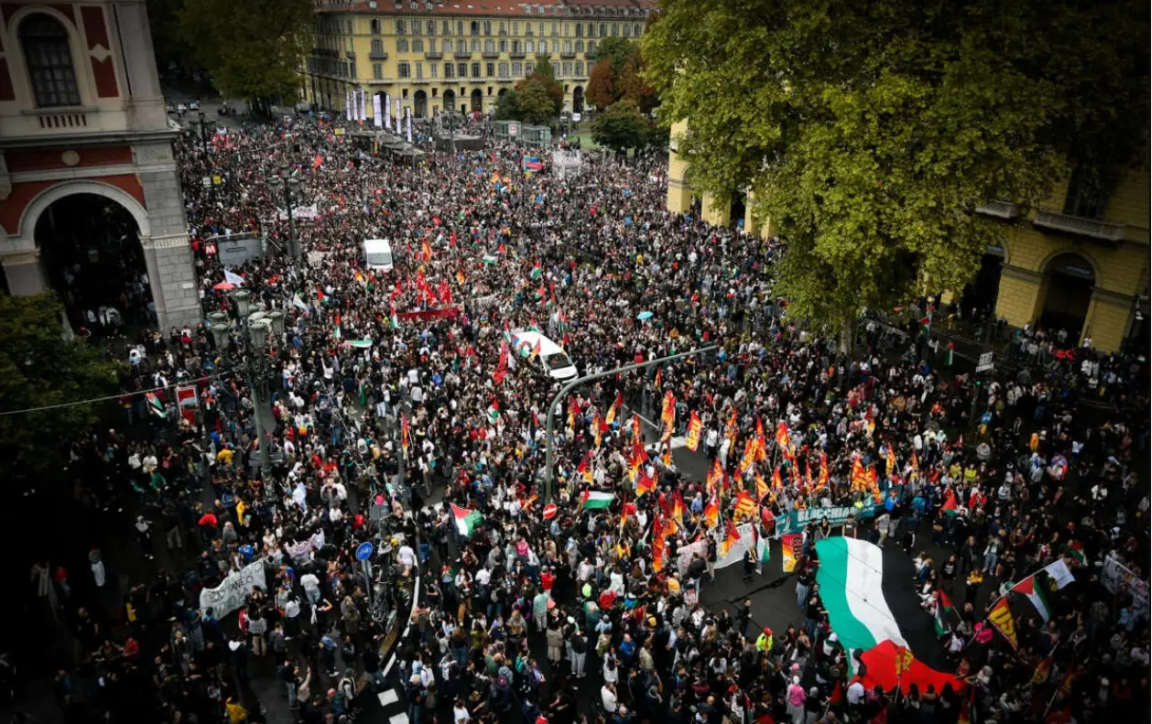This article continues our ABC of Socialism series, an introduction to key socialist concepts for would-be world-changers. In our first column on Alienation we talked about the have-nots of society, the “99 percent,” who are alienated from the land, the resources and most of the wealth of society. But what about the haves, the 1 percent, the ruling class of our capitalist society? Conspiracy theories would have us believe that the elite of our society are a sinister death-cult, a secret deep-state, or shady “cabal” of “globalists” (the anti-semitic connotations of these words are not surprising as Jewish people have long been the targets of conspiratorial scaremongering). The real elite is less esoteric, but no less dangerous when it comes to the implications for humanity and the planet.
“The history of all hitherto existing society is the history of class struggle” begins the Communist Manifesto, published in 1840 by Karl Marx and Friederich Engels, continuing:
Freeman and slave, patrician and plebeian, lord and serf, guild-master and journeyman, in a word, oppressor and oppressed, stood in constant opposition to one another, carried on an uninterrupted, now hidden, now open fight, a fight that each time ended, either in a revolutionary reconstitution of society at large, or in the common ruin of the contending classes.
Human society, in fact, has not always had class divisions or ruling classes, as Marx and Engels acknowledge elsewhere. But capitalism certainly does. The ruling class that emerged with capitalism is the bourgeoisie, the capitalist class. These are the people who own the means of production: the land, the factories, and capital. Think, the owners of big business.
The bourgeoisie began to emerge as a class within the womb of European medieval society. They were town-dwellers in aristocratic societies based on land ownership: bourg is French for town. The bourgeoisie was originally a middle class standing between the aristocracy and the peasant majority. They were merchants, craftsmen and artisans. Bourgeois revolutions broke the fetters of aristocratic society – notably the English Civil War (1642-51), the American War of Independence (1775-83) and the French Revolution (1789-1799) – lifting the mercantile bourgeoisie to power and laid the basis for the Industrial Revolution.
Over time the bourgeois industrialists reorganised society to fit their needs: overturning monarchs, displacing the aristocracy, reforming governments and establishing capitalist ownership laws. As market competition developed, the bourgeoisie in each industrialised country used their state machinery to build empires, establishing colonies and capitalism across the globe.
Not everyone who owns a business belongs to the bourgeois ruling elite. Small business owners and the self-employed wield comparatively little power in society. They are part of the middle class, which is squeezed by the concentration of business into ever fewer hands. Today a tiny handful of conglomerates own almost all of the brands that you buy. According to a 2022 study by the IMF, the top 1 percent of the world’s population owns 38 percent of society’s wealth.
Modern capitalist states are deeply tied to the needs and interests of the capitalist class. The role of the state will be explored in more detail in future columns, but if you want one example of the role that the wealthy play in politics, you need look no further than our recent general election. Between 2021 and 2023 National was reported to have received at least $8.2m in donations. ACT received $4.2m over the same period, and Labour only 1.1m. National’s donors included the country’s richest man, billionaire Graeme Hart, who was one of three people to give National $250,000 last year. ACT also received large donations from Hart and others on New Zealand’s rich list, including Brendan Lindsay, the founder of Sistema Plastics, Christopher & Banks, a private equity company, and property developer Chris Meehan. The source of the elites’ power is no mystery: it is capital. In our next column we will dig deeper into what capital is and how it works.









